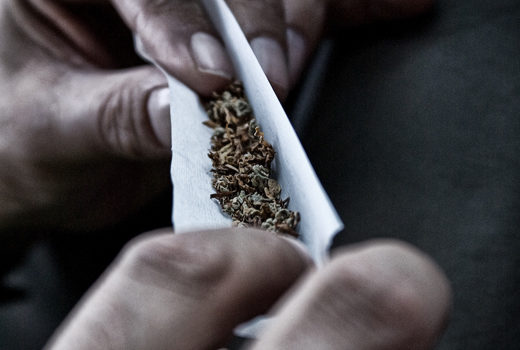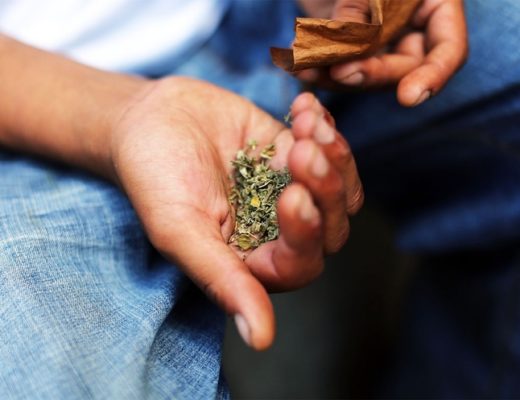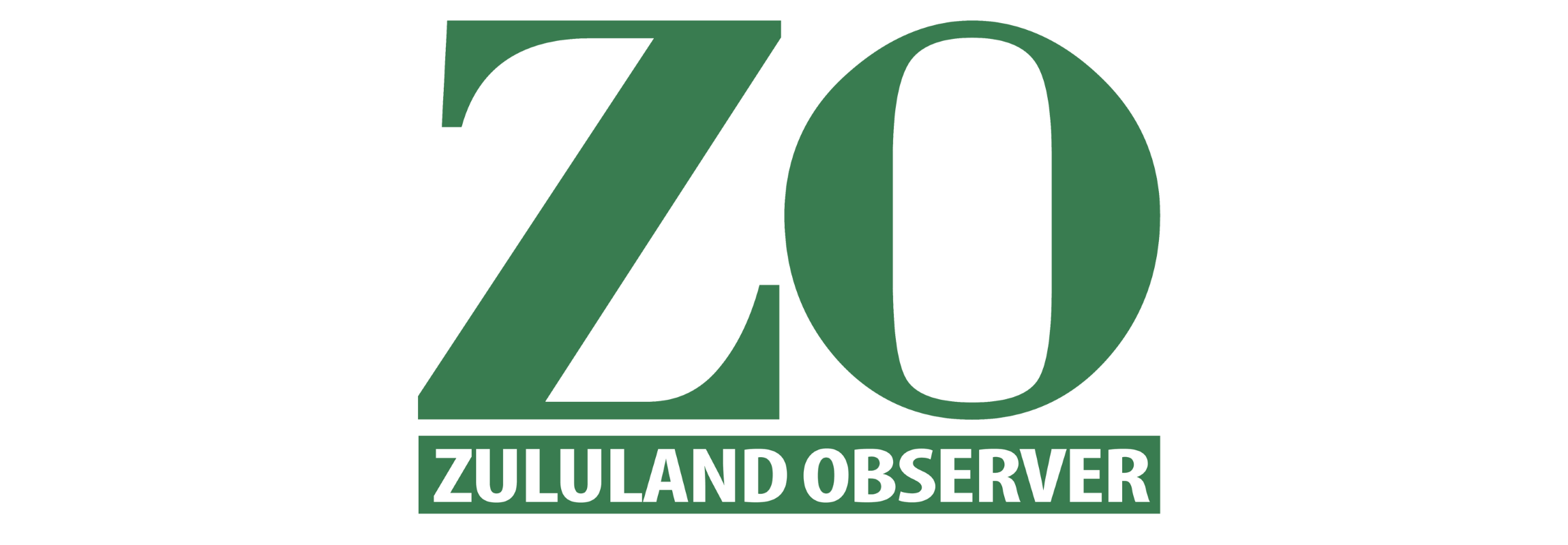Rise of the ‘daggarokers’
Dagga use in Zululand has already replaced alcohol as the most common primary drug of dependence

THE Zululand branch of the South African National Council on Alcoholism and Drug Dependence (SANCA), has come out strongly against legalising the medicinal use of dagga, saying its statistics show that marijuana abuse has already replaced alcohol as the most common primary drug of dependence in the region.
According to SANCA it is also a proven fact that dagga ‘is the gateway rig to other illegal drugs’.
These were the sentiments expressed by SANCA Zululand Chairman BM Mguni, who delivered the organisation’s 2016/17 annual report at St Catherine’s in Empangeni recently.
The report highlighted that 29% of local service users abused dagga, while 28% were alcohol dependent during the past financial year.
Nationally, one third of all patients treated by SANCA used cannabis alone or in combination with other substances.
‘The matter of decriminalising the use of cannabis has been hotly debated in recent years, with certain interest groups lobbying vigorously for the legal use of cannabis, including for medicinal purposes,’ said Mguni.
‘It is generally accepted by professionals working in the field that cannabis is the gateway to other illegal drugs.
‘SANCA therefore is against the legalisation of medical cannabis and accepts that there is no conclusive evidence that medicinal use of cannabis would be any more effective than medications currently registered with the Medical Controls Council.’
Cigarette abuse made up 27% of service users, while other drugs accounted for 11% and Whoonga 5%.

ALSO READ: Cops weed out dagga dealers
Drug fight dilemma
The situation is exacerbated by the assertion that the fight against drugs in the region is diminishing.
A source close to the ZO said there was no longer a specialised unit dealing with the escalating drug problem in Zululand.
‘In my opinion, the guys who were doing good work have all but left the force and now hardly anything is being done.’
‘Another contributing problem these days is that there is a complete lack of supervision from parents.
‘Parents are not actively teaching their children about the dangers of drugs. There is, to a large degree, no interaction between parents and their children.
‘Drugs lords prey on young children who lack guidance and direction and they use them to influence others.
‘Children need to get involved in sport and other stimulating activities that keep their minds occupied, rather than getting into drugs.’

Demographics
SANCA Zululand’s statistics indicate that 50% of services users were under the age of 21, 37% were between the ages of 22 and 35, 11% were within the 36 to 39 age group and 2% older than 60.
‘The number of young people under 21 entering our early prevention programme continues to be a matter of great concern.
‘Adolescence is a high risk period for substance abuse and other risk behaviours,’ said Mguni.
Education level indicators of the situation show that 89% of service users fell within the Grade 8-12 group, 9% had tertiary qualifications and only 2% had below Grade 7 qualifications.
The service user population in the region continues to be predominately male (88%).
It was also noted during the briefing that female alcoholics still appear to be reluctant to admit to their drinking problem.
HAVE YOUR SAY
Like our Facebook page and follow us on Twitter.
For news straight to your phone invite us:
WhatsApp – 072 069 4169
Instagram – zululand_observer

